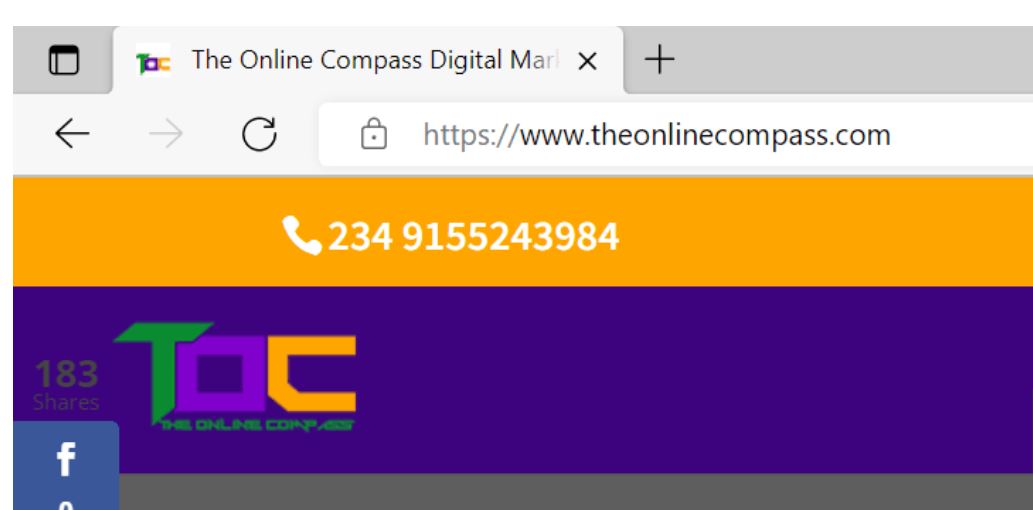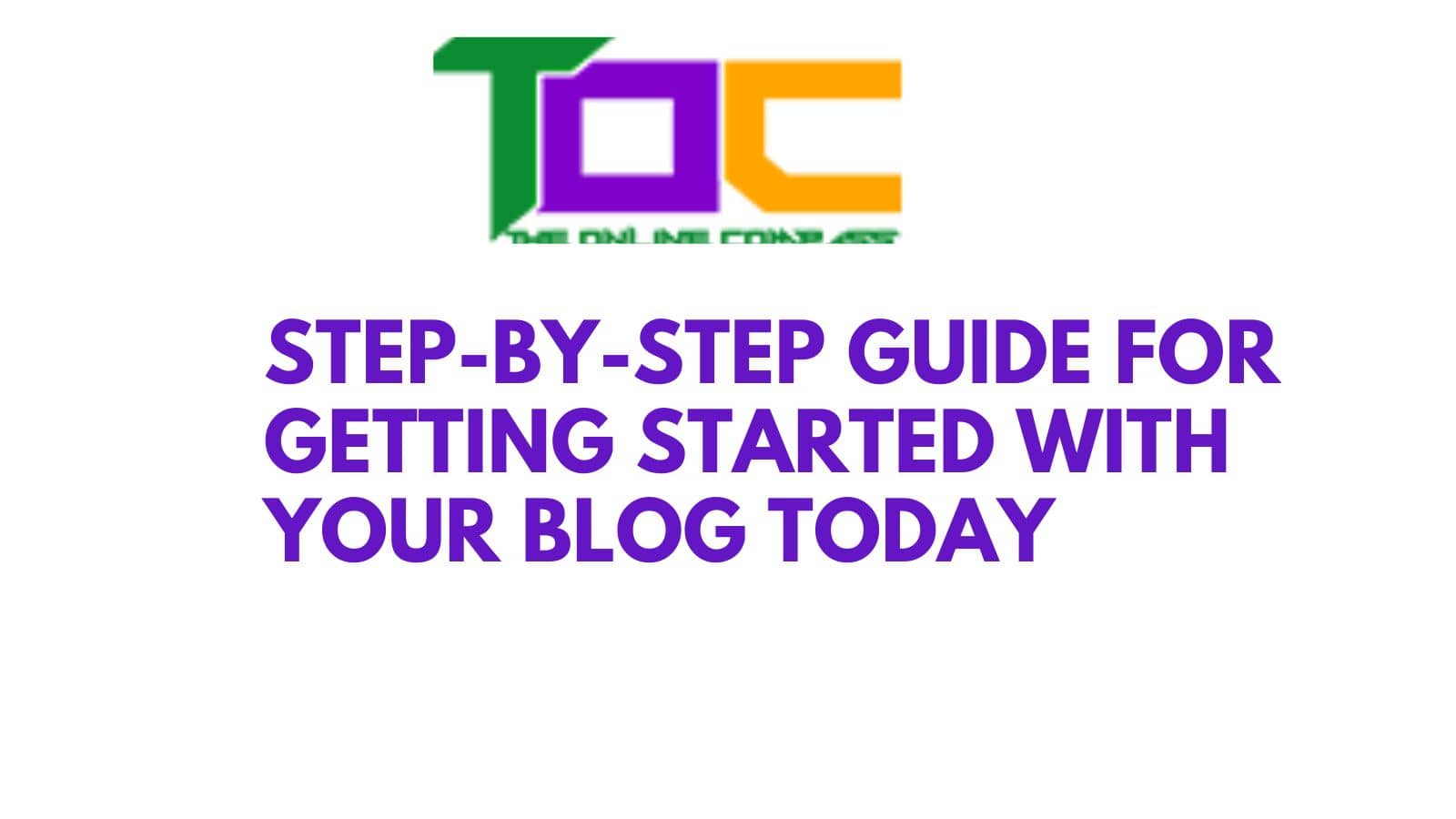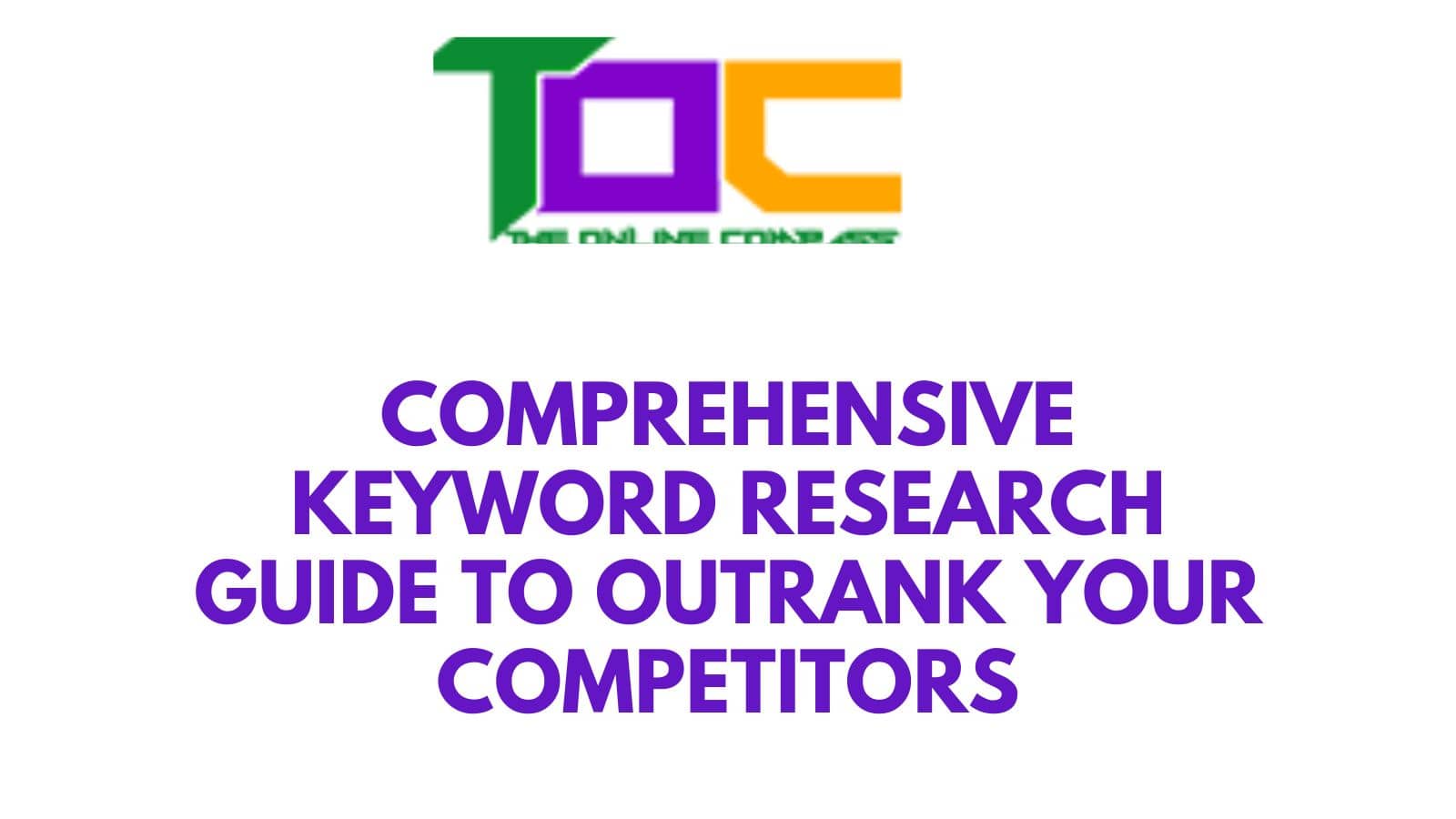What is a domain name: A complete guide on how to find the best domain name
Whether you are someone just seeking an answer to the question, “what is a domain name,” or you are a prospective online entrepreneur that wants to have a good understanding of the asset-domain name- required to build a successful online business, we have covered what you require in detail in this post.
This post also covers how to find the best domain name for free, and how to start your blog for free. So, start learning by clicking on any of the subtopics.
What is a domain name?
Why choose the right domain name?
Domain name examples
Is a domain different from a URL?
How does a domain work?
Top-level domains
How to choose the best domain name
Domain name and search engine ranking
Other factors to consider in buying a domain name
How to get the best domain for FREE
What next after getting your domain?
What is a domain name?
I presume you’d have identified your niche before sourcing a domain name. If you haven’t, here’s a guide on how to choose a profitable niche.
To launch a website you need a domain name. The domain name is the address you put on your browser bar to visit a website.
Think of it this way, every business or house has a physical address offline. So also, every business on the web has an online address called the domain name.
For example, to visit my website, this is the address : theonlinecompass.com
Your domain name is everything after the www. or World Wide Web.
Why choose the right domain name
Choosing the appropriate domain name for your website is critical to its success. If you choose the wrong domain name, it can be difficult to change it later without harming your brand or search rankings.
That is why it is critical that you select the best domain name from the start.
Domain name examples
Examples of domain names are:
- theonlinecompass.com
- ronishlogistics.com
- google.com
- stmattew.
- com
Is a domain different from a URL?
Yes a domain is different from a URL.
URL is an abbreviation for Uniform Resource Locator.
URL comprises a domain name and other features
What does a URL look like?
A typical URL might look like this: http://www.example.com/index.html, indicating a protocol (http), a hostname (www.example.com), and a file name ( index. html ).
This is my URL: https://www.theonlinecompass.com/, while this is my domain name, theonlinecompass.com
How does a domain work?
To have a clear picture of how a domain works, let’s start with what a server is.
A server is a computer connected to the internet that stores your website and everything about it.
It’s called a server because it serves up content when anyone requests any content online.
You have to pay a hosting fee to have your website on a server. This is similar to renting a place in a brick-and-mortar business.
Every server has a hosting address, which is called the IP address.
From any device, this address can be found.
Now, IP addresses are long strings of numbers, which are not easy for human beings to memorize. Hence, the need for a web name or domain name of your choice, which is easier to remember.
Whenever someone types your web address or domain name into a browser, the browser figures out which browser holds the content.
The server then searches out all that the browser needs to serve the content and serves it.
This is the way domain names work.
A domain name helps people find your business online.
What are the different types of domain names?
Basically, most domains are classified as top-level domain names. But we shall further simplify this into descriptive and brandable domain names.
What are top-level domains?
We’ll classify domains according to their top-level domain designation.
Now that you understand what a domain is, the next step is to get familiar with TLD top-level domains.
Top-level domains are domains that have strings of text attached after the dot. right after the primary domain name;
Usually, TLDs are classified to indicate the purpose of a website. For example,.edu immediately shows it’s an education site.
The different types of TLDs are
1. Top-level domains that are generic
The common TLDs are .com, .org, .net, but there are also unique domains. such as, biz for business.
2. There are top-level domains with country codes.
These are restricted for use in some countries. For example, in Nigeria, TLDs is .ng us In USA .ng, USA is .US . Another example is .co..uk which is specific to UK. A country’s domain can be limited for a business looking to target an international audience. For example, you have BBC.COM and BBC.CO. UK.
3. Sponsored TLDs
These are specific domain names that belong to private bodies or government and they decide who can use the domain.
Some of the most popular sTLDs are:
-
.gov – for United States governmental agencies
- .edu – for higher educational institutions
- .travel – for travel industry businesses
- museum – for museum organizations
- cat – for Catalan linguistic and cultural community.
4. Test top-level domains
Are reserved for documentation and for local testing.
. Examples are . example .info
How to choose a domain name.
yIn digital marketing, your domain name will, in most cases, double as your business name. Hence, the need to make it memorable.
There are two kinds of domain names: brandable and descriptive domain names.
1. What is a descriptive domain name?
A descriptive name is a name that immediately identifies what your business is about.
An example of a descriptive name is myhometutor.com.
What does this name tell you?
Anyone that comes across this name can, to a high degree, guess that this business provides home lessons.
This name has already said it all.
2. What is a brandable name?
A brandable name is a name that has nothing in it to describe what the business is about.
For example, the brand ‘apple.’
The domain name apple.com does not in any way reflect iPhone or Macbook except for the powerful branding.
The advantages and disadvantages of descriptive and brandable domain names
To enable you to understand better the pros and cons of the two types of domain names, I’ll be using the examples of ‘Mega Chicken” and ‘The Place.”
These businesses are currently competitors in the fast-food industry, and they are situated side by side along the Lekki Epe expressway, Lagos.
But which of them would you immediately identify as a restaurant?
Of course, Mega Chicken!
Your guess is as good as mine because the name gives you an idea that there is something edible there.
What does this mean for you? Let’s see the advantages.
Advantages of descriptive domain names.
1. If you are going for a descriptive name, you will need fewer resources to create awareness for your business.
2. Another advantage is that if you are planning on creating content to promote your business online, the open rate and sharability of your posts online will increase. Because internet users don’t have to struggle to understand what your business is about.
The disadvantage of descriptive names
A major disadvantage of a descriptive name is that you may not be able to use it for another business.
For example, if you have lolaantiageing.com, it will be inappropriate to use this domain name to sell furniture in the future.
The advantages of a brandable domain name
The advantage of a brandable domain name is that it allows you to expand your business into diverse niches in the future.
I’d strongly advise you to use a brandable name if you intend to run your business across different verticals now or in the future.
Because once you’ve been able to establish it as a brand, you can serve any business.
The disadvantage of a brandable name
Unlike the descriptive domain name, you will require more effort and resources to create an awareness of what your business is about in a first-time visitor.
Now the question is, would you rather go for a domain name that says, “Bestshirtformen.com” or “ukpon.com”?
It’s worthy of note that, irrespective of the kind of domain name you choose, you’d have to create the kind of content that will attract the right customers to build your brand and business.
Domain name and search engine ranking
In the past, deceptive names rather than brandable names had an advantage in search engine ranking.
As a result, people began stuffing keywords into their domain names in order to rank higher in search engines.
But today it’s a different story. Search engine robots are smarter these days.
What does this mean for you as an entrepreneur or business owner?
Consider the suitability of your domain name.
Would you rather get a descriptive domain name that immediately describes your business without having to expend a lot of resources on creating awareness for your business, though restrictive?
Or will you go with a brandable name that does not sabotage your effort to expand your business into other niches?
Other factors to consider in getting a domain name
1. Make the name simple and short.
Make the name simple and short.
Your domain name should be simple and easy to spell and pronounce. Avoid using slang (B4 instead of before; U instead of you; D instead of the. This makes it difficult for people to find you.
Let’s take one example using my domain – theonlinecompass.com. If you choose to shorten ‘the’ to ‘D’, theonelinecompas.com will become donlinecompass.com. It may take people longer than necessary to spell it correctly. Remove any spelling difficulties from your domain name.
Also, the shorter the domain name, the better, and the easier it is to say and share.
You may choose to brand your name using your first and last name.
I have seen many successful businesses do this, like johnLuke.com and marykay.com. You may also want to do this.
2. Use location-specific domain extensions.
If your business is targeting a particular area, you may consider adding the name of the city or country to your domain.
This helps your search engine optimization and helps more relevant people find your site. It also adds familiarity and trust to your business. You may consider adding ng-if your business is localized in Nigeria;.au if it’s localized in Australia; or adding .ca if its target traffic is in Canada.
Please keep in mind that this is only for businesses that are location-specific; if yours is not, use general TDLs such as.com,.net, and.org.
3. Should you get a dot com or not?
Not in all cases. As we discussed above, your domain extension should be determined by the purpose of your business.
Use location-specific domain extensions if you are localizing your business; use.gov if it’s a government website; use.edu if it’s an educational website; use org if it’s a nonprofit organization.
However, most people have a bias for a dot com because this is what comes to people’s minds when they think of a domain.
But what if the dot com is not available?
What you can do if your domain name isn’t available is to add a prefix or suffix. Be creative with your online business and modify it.
Let’s use my domain name theonlinecompass.com, I had to add the prefix “the” because the name online compass I wanted was not available. Feel free to add modifications to your domain, but still keep it brandable.
In addition, by all means, go for any other appropriate domain extension.
4. Do not buy a domain name that is trademarked.
A trademark is a word, phrase, symbol, design, or combination of these, which identifies and distinguishes the source of a particular good or service. A service mark is for services.
Do not buy domain names that infringe on another person’s company or organization’s trademark or could be confused with the trademark.
This happens regularly throughout the web’s history; a trademark owner will come and sue a domain owner;
A ready example is Amazon. We all know it. It’s the largest Internet-based retailer in the world by total sales and market capitalization.
Let’s say Amazon was a trademark and they had not acquired amazon.com and you go ahead and buy the domain.
You will most likely face litigation from Amazon. This is just the first example that comes to my mind right now. I’m sure you can think of other trademark names that have not acquired the domain of their trademark names.
My advice? Stay off these domain names.
5. Buy your domain as quickly as possible
It’s not in your best interest to delay registering your domain name if you have one already because thousands of new domain names are registered every single day from all over the world.
If you get your desired domain name, get it registered as fast as you can. Domain names are similar to real estate. Thousands of people are actively looking for good brandable domain names to register at a lower cost in the future. If you do not act quickly, someone else may register your domain idea.
How to get the best domain name for FREE
Domain names are cheap. You can get them for under $10 per year from a domain name registrar.
But the good news is that you can get your domain name from our best-picked reputable web hosting company for free.
The deal is this: when you buy hosting from them for a minimum of one year, you get a FREE domain name and a below 70% discount on your web hosting purchase.
It’s not a bad deal to begin your online journey. Get your FREE domain name here.
What next after buying your domain?
Now that you know what a domain is and you know how to find the best domain name, what next?
If you have registered your domain name, then you have taken a great stride towards building your online business.
Now that your domain name is out of the way, it’s time to get the best and cheap web hosting service to host your domain name
Here’s my FREE guide on how to start a blog.
Disclosure: I may receive affiliate compensation for some of the links below at no cost to you if you decide to purchase a paid plan. You can read our affiliate disclosure and privacy policy.
I hope the post was helpful? Share to your favorite social media platform.
Do you have any questions, suggestions, or comments? Feel free to use the comment box below.
RELATED POST












